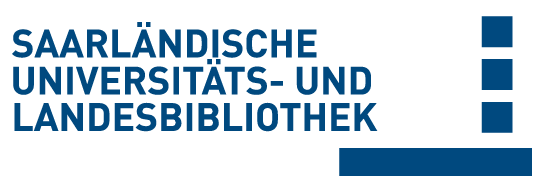Bitte benutzen Sie diese Referenz, um auf diese Ressource zu verweisen:
doi:10.22028/D291-45046 | Titel: | Individualized Determination of the Mechanical Fracture Environment After Tibial Exchange Nailing-A Simulation-Based Feasibility Study |
| VerfasserIn: | Braun, Benedikt J. Orth, Marcel Diebels, Stefan Wickert, Kerstin Andres, Annchristin Gawlitza, Joshua Bücker, Arno Pohlemann, Tim Roland, Michael |
| Sprache: | Englisch |
| Titel: | Frontiers in Surgery |
| Bandnummer: | 8 |
| Verlag/Plattform: | Frontiers |
| Erscheinungsjahr: | 2021 |
| Freie Schlagwörter: | non-union individualized simulation fracture healing tibia simulation |
| DDC-Sachgruppe: | 500 Naturwissenschaften 610 Medizin, Gesundheit |
| Dokumenttyp: | Journalartikel / Zeitschriftenartikel |
| Abstract: | Non-union rate after tibial fractures remains high. Apart from largely uncontrollable biologic, injury, and patient-specific factors, the mechanical fracture environment is a key determinant of healing. Our aim was to establish a patient-specific simulation workflow to determine the mechanical fracture environment and allow for an estimation of its healing potential. In a referred patient with failed nail-osteosynthesis after tibial-shaft fracture exchange nailing was performed. Post-operative CT-scans were used to construct a three-dimensional model of the treatment situation in an image processing and computer-aided design system. Resulting forces, computed in a simulation-driven workflow based on patient monitoring and motion capturing were used to simulate the mechanical fracture environment before and after exchange nailing. Implant stresses for the initial and revision situation, as well as interfragmentary movement, resulting hydrostatic, and octahedral shear strain were calculated and compared to the clinical course. The simulation model was able to adequately predict hardware stresses in the initial situation where mechanical implant failure occurred. Furthermore, hydrostatic and octahedral shear strain of the revision situation were calculated to be within published healing boundaries—accordingly the fracture healed uneventfully. Our workflow is able to determine the mechanical environment of a fracture fixation, calculate implant stresses, interfragmentary movement, and the resulting strain. Critical mechanical boundary conditions for fracture healing can be determined in relation to individual loading parameters. Based on this individualized treatment recommendations during the early post-operative phase in lower leg fractures are possible in order to prevent implant failure and non-union development. |
| DOI der Erstveröffentlichung: | 10.3389/fsurg.2021.749209 |
| URL der Erstveröffentlichung: | https://doi.org/10.3389/fsurg.2021.749209 |
| Link zu diesem Datensatz: | urn:nbn:de:bsz:291--ds-450469 hdl:20.500.11880/39910 http://dx.doi.org/10.22028/D291-45046 |
| ISSN: | 2296-875X |
| Datum des Eintrags: | 11-Apr-2025 |
| Fakultät: | M - Medizinische Fakultät NT - Naturwissenschaftlich- Technische Fakultät |
| Fachrichtung: | M - Chirurgie M - Radiologie NT - Materialwissenschaft und Werkstofftechnik |
| Professur: | M - Prof. Dr. Arno Bücker M - Prof. Dr. Tim Pohlemann NT - Prof. Dr. Stefan Diebels |
| Sammlung: | SciDok - Der Wissenschaftsserver der Universität des Saarlandes |
Dateien zu diesem Datensatz:
| Datei | Beschreibung | Größe | Format | |
|---|---|---|---|---|
| fsurg-08-749209.pdf | 1,97 MB | Adobe PDF | Öffnen/Anzeigen |
Diese Ressource wurde unter folgender Copyright-Bestimmung veröffentlicht: Lizenz von Creative Commons


